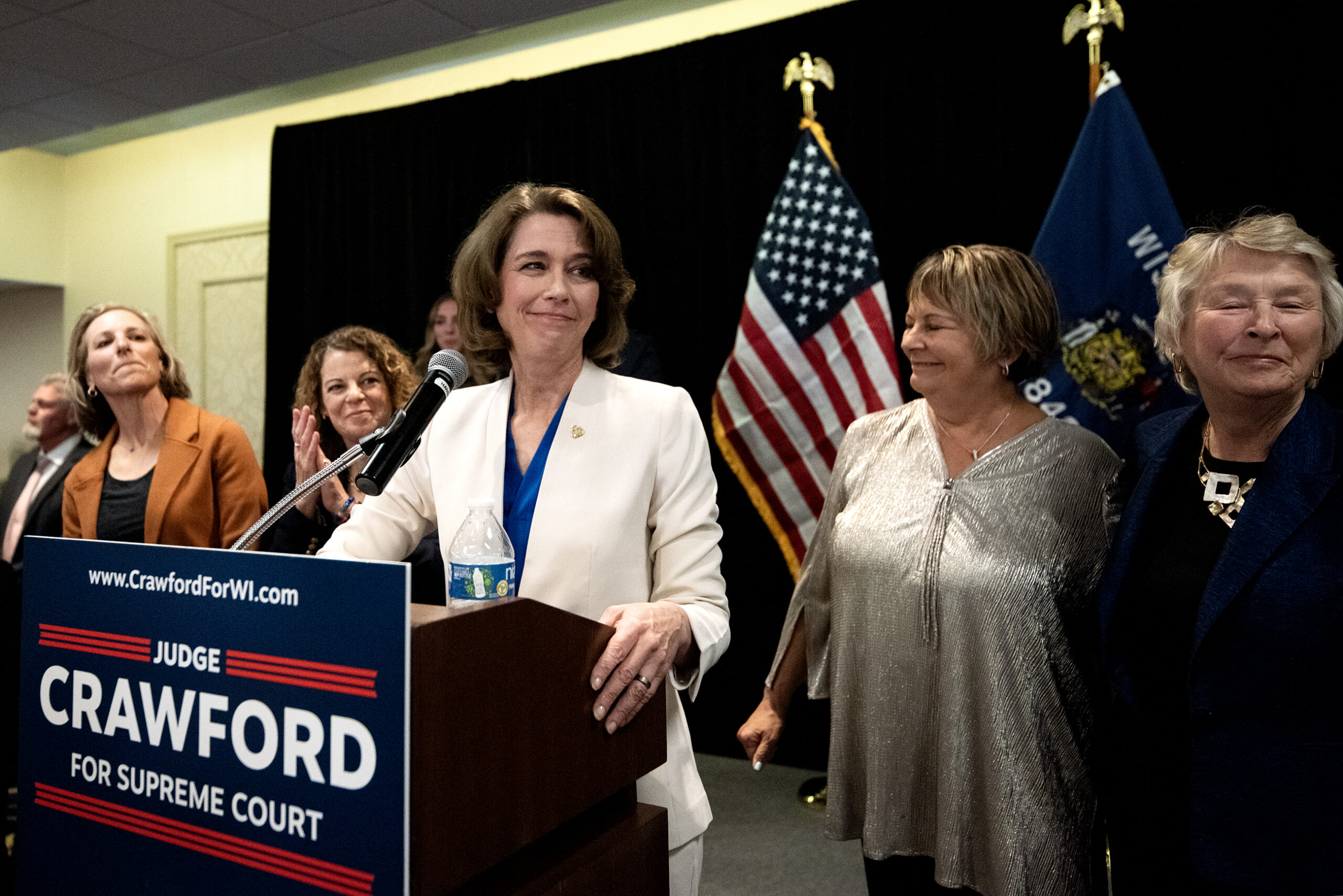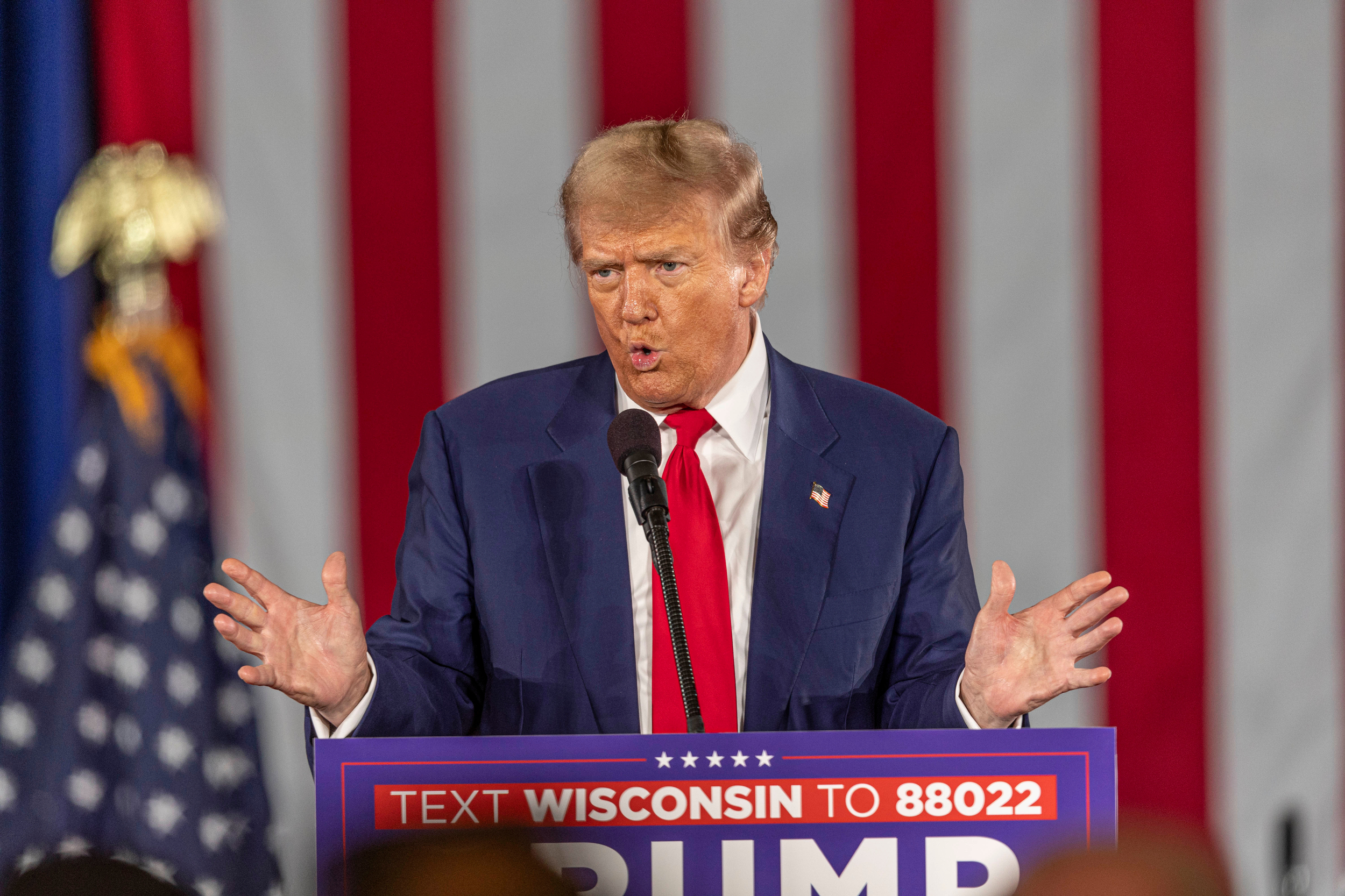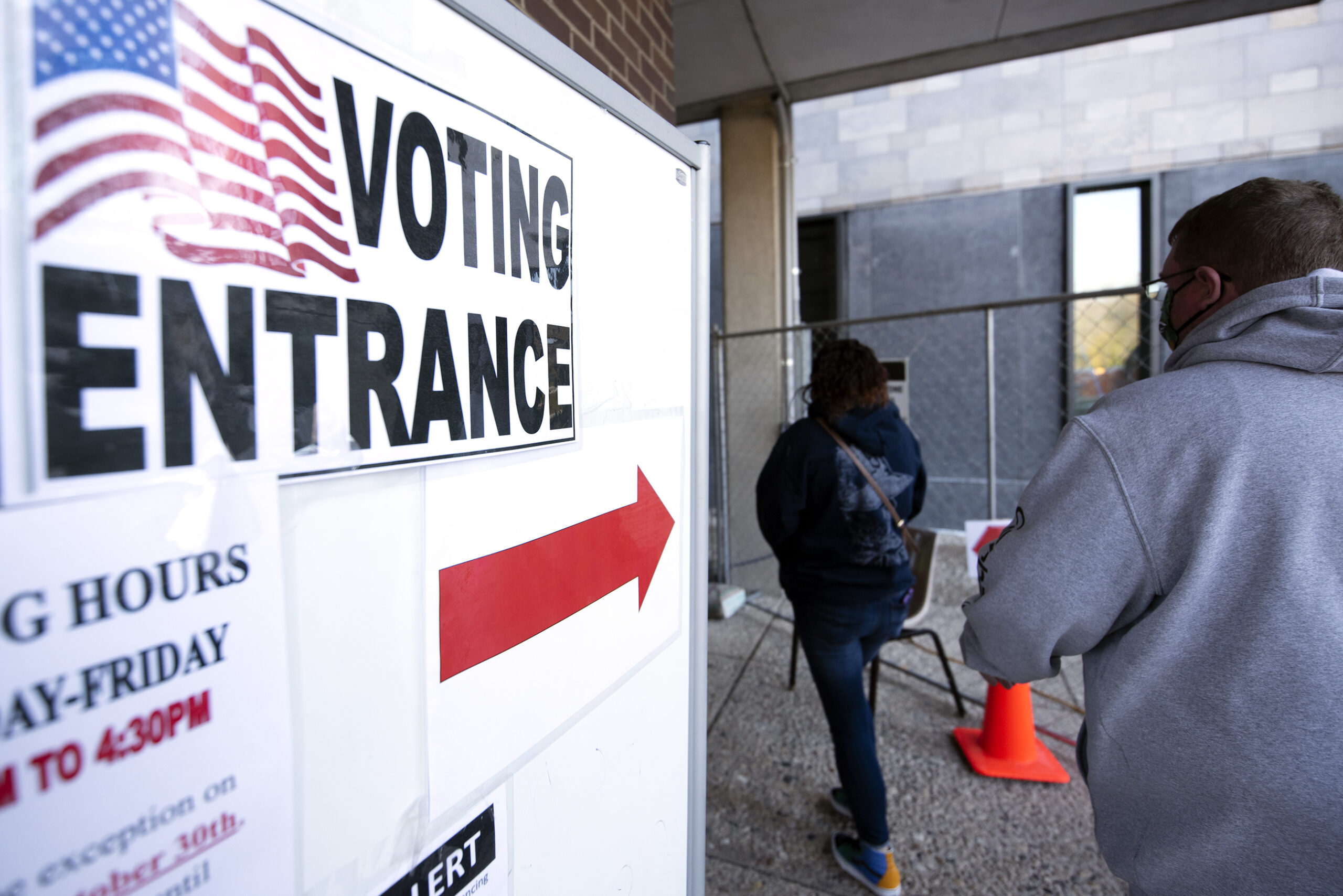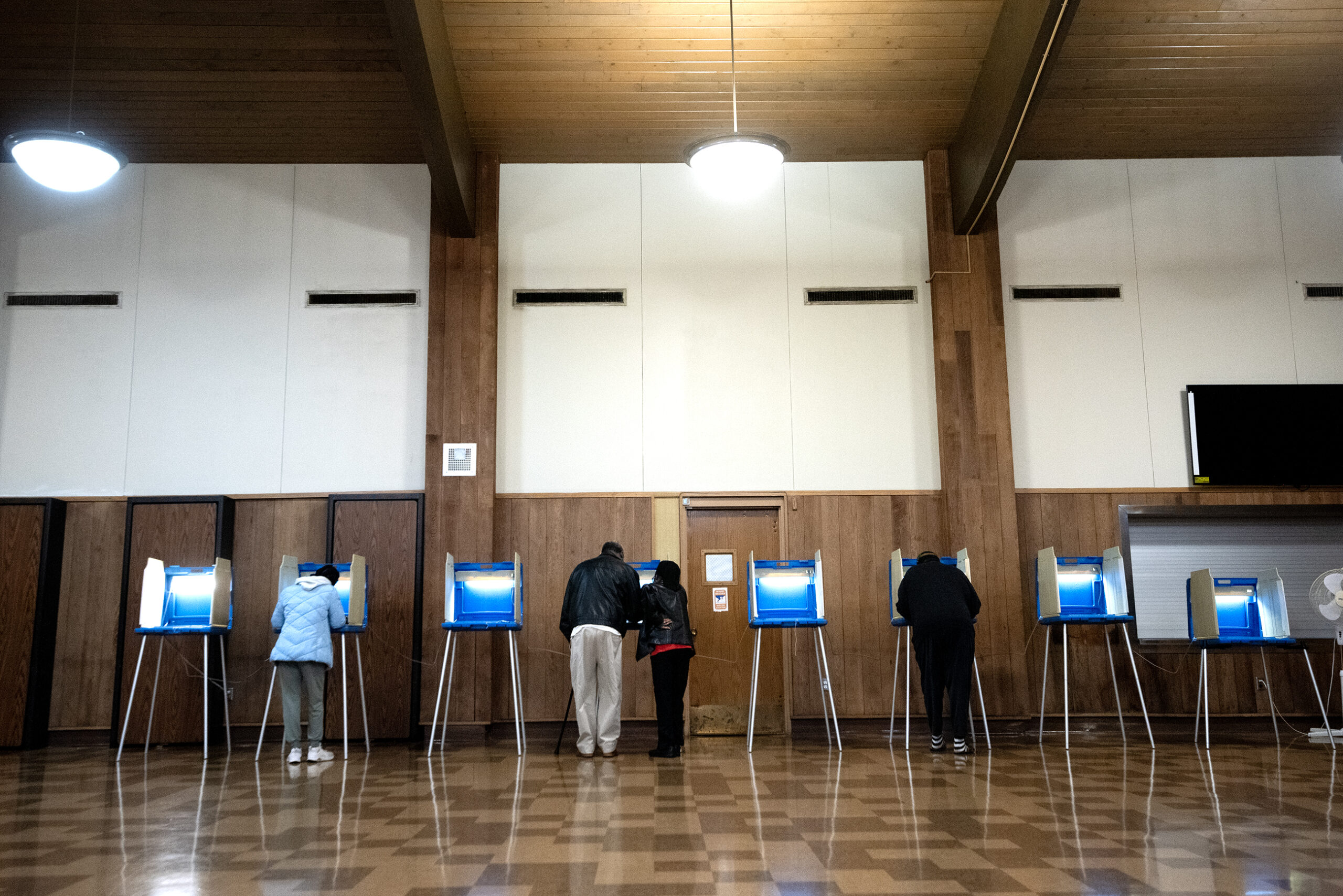Last week’s state Supreme Court election brought national attention to Wisconsin, with voters in the northwest corner of the state a contributing factor in the victory of the Democrat-backed candidate, Dane County Judge Susan Crawford.
The race might have benefitted another victorious statewide candidate in a lower-profile race — incumbent Superintendent of Public Instruction Jill Underly — but coattails from the Supreme Court contest might not have affected races on local ballots in northwest Wisconsin, said Alisa Von Hagel, political science professor at the University of Wisconsin-Superior.
In Superior, incumbent City Councilor Jenny Van Sickle, who was clearly identified as a progressive, was defeated by newcomer Sarah Anderson. But fellow incumbent Tylor Elm handily beat challenger Randal Wuorinen. Three other councilors ran unopposed.
Stay informed on the latest news
Sign up for WPR’s email newsletter.
Despite the intense attention of both parties, the statewide and local races were officially nonpartisan.
“These are meant to be nonpartisan races, specifically in the Supreme Court election,” Von Hagel said. “However, what political scientists have come to realize is that when voters don’t have the party label, they generally don’t go out and search for information on candidates’ positions and often don’t vote at all.”
That wasn’t an issue in the Supreme Court race, which saw a record turnout for Crawford in her victory over Republican-backed candidate Brad Schimel. But voters split along ideological lines elsewhere on the ballot, including with the passage of a conservative-backed voter ID measure.
Von Hagel discussed the results and the trends of nonpartisan elections in general with WPR’s Robin Washington on “Morning Edition.”
This conversation has been edited for clarity and brevity.
Robin Washington: What’s the history of nonpartisan elections? Am I correct that George Washington warned against political parties — and we didn’t take his advice?
Alisa Von Hagel: Absolutely. Thomas Jefferson has a rather infamous quote that he would sooner go to hell than go to heaven with a political party. The Founding Fathers warned us against partisanship.
RW: What did the region’s turnout for Crawford mean?
AVH: She won by a very healthy margin. Turnout for this election cycle was much higher than in the 2023 election, where [we] last had a Supreme Court race, and the turnout for Crawford surpassed the turnout for the Democrats in the 2024 presidential election. In Douglas and Bayfield counties, a higher proportion of voters voted for Crawford than for Kamala Harris.
RW: Also on the statewide bill was the race for superintendent of public instruction, with the Democrat-backed — again, officially nonpartisan — incumbent Jill Underly beating the GOP-supported challenger, Brittany Kinser. This was a decidedly lower profile race, but did it actually get coattails from the Supreme Court race?
AVH: It is quite surprising to say that a state level Supreme Court race would have coattails. But the result does seem to indicate that Crawford helped Jill Underly in her victory.
RW: Conversely, there was a ballot question about voter ID, which seemed to go the way that Republicans favored.
AVH: Yes. There was a significant margin of victory for that particular ballot amendment, even in Douglas and Bayfield counties, which historically have skewed more progressive.
RW: Are voters going to get a breather for a while? Or are there other races we need to pay attention to before the 2026 spring state Supreme Court election or the following fall midterms?
AVH: I think voters do want to take a break after this election, which seemed to come so quickly after the 2024 election. We’ll have a bit of a breather until the next round of races in 2026.
If you have an idea about something in northern Wisconsin you think we should talk about on “Morning Edition,” send it to us at northern@wpr.org.





